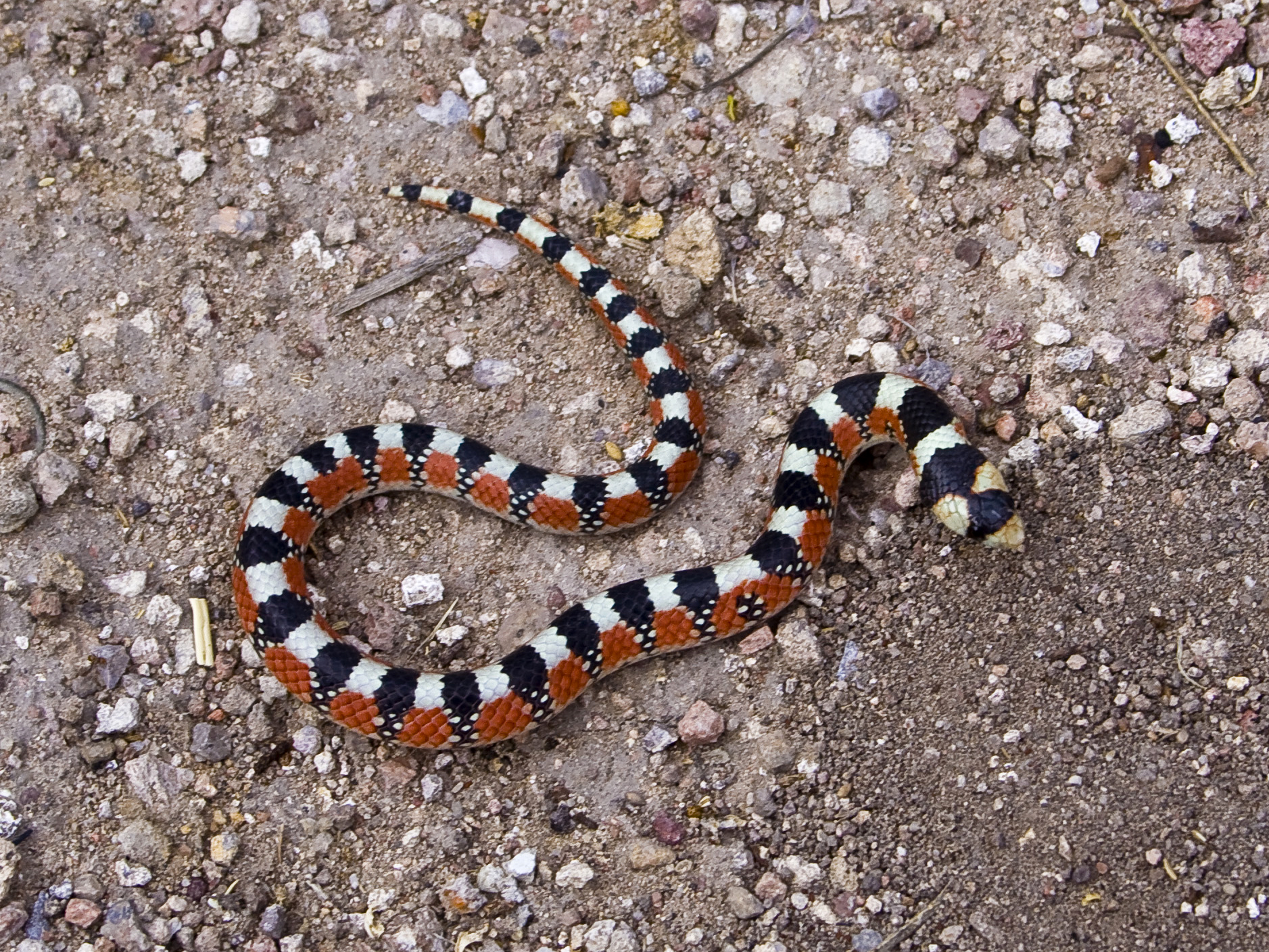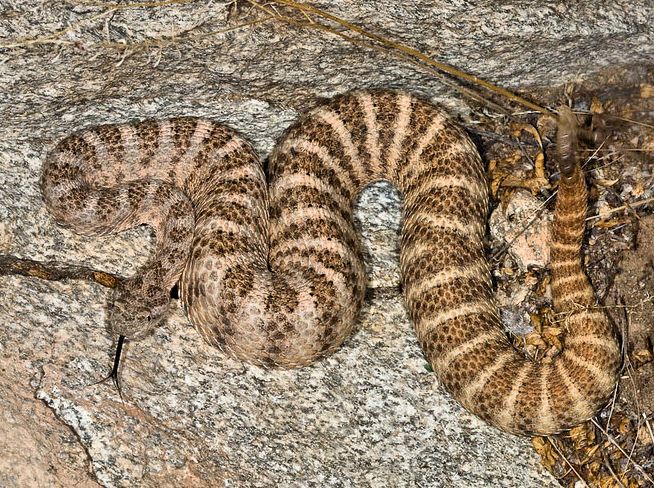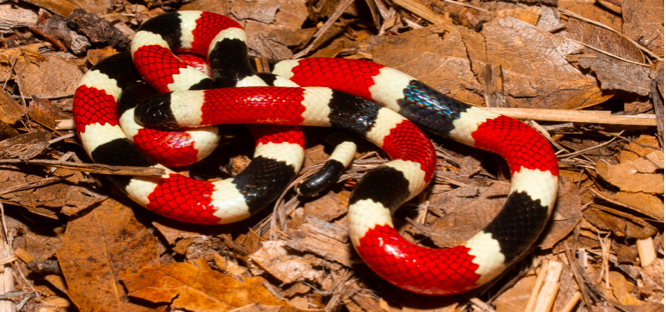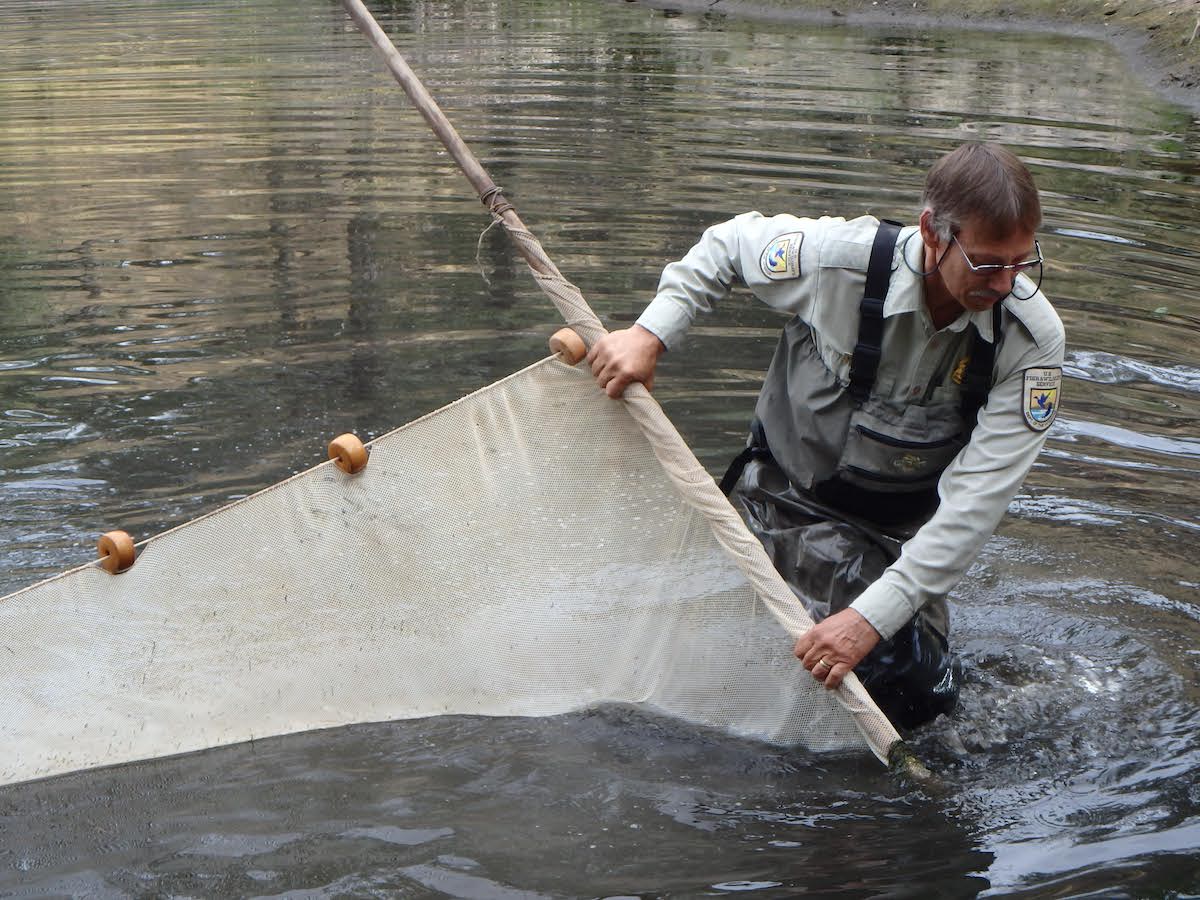November 20 Presentation: Aquatic Habitat Design and Management in the Desert Southwest
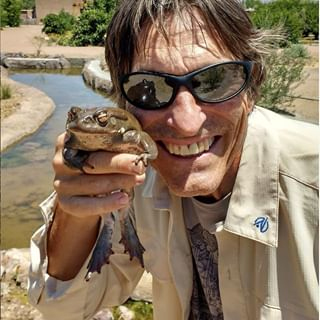
Don’t miss Dennis Caldwell’s virtual tour of aquatic habitats in the desert southwest.
Dennis Caldwell will take attendees of the November 20 THS meetup on a virtual tour of the aquatic habitats he has built, and discuss the species at stake.
When working to conserve threatened aquatic species in the southwestern US and northern Mexico, what you need most is water, permanent water free of non-natives. Nowhere in nature can you meet these criteria. Dennis will provide a virtual tour of the habitats he has built and the species at stake, as well as lessons learned.
About
Dennis Caldwell is an Arizona native, born in Sierra Vista, has a degree in Graphic Art and Design from the Art Institute of Fort Lauderdale. He worked for advertising agencies in Chicago from 1984-1989. In 1989, in the pursuit of happiness, he moved to Tucson, Arizona and started his own freelance design service.
Dennis has a life long passion for the natural world and has been involved with the Arizona Native Plant Society, Tucson Audubon, Casa Tortuga, Chicago Herpetological Society, Las Cienegas National Conservation Area Biological Planning, Nature Conservancy, Partners in Amphibian and Reptile Conservation, Sky Island Alliance, Cienega Watershed Partnership, Sonoita Valley Planning Partnership, Quitobaquito Rio Sonoyta Working Group, CEDO the Intercultural Center for the Study of Deserts and Oceans, Cienega Corridor Conservations Council, Friends of Ironwood National Monument and the Tucson Herpetological Society, to name a few.
Besides his graphic arts business, Dennis is a self-taught biologist, mentored by many local conservation professionals, and contracts as a consultant and field biologist on conservation projects and endangered species recovery. Working with recovery efforts of aquatic species he developed construction skills for designing and building aquatic habitats to serve as refugia in a land and time of uncertain water future. Dealing with dwindling conservation funding sources, many of his pond construction projects involve developing lo-cost solutions as well as other challenges. To defer the personal cost of countless hours donated to these causes, he sells his wildlife art, watercolor prints at etsy.com/shop/CaldwellDesignArt
Primary threatened and endangered species studied include; Sonoran and Mojave desert tortoise, Chiricahua leopard frog, Tarahumara frog, lowland leopard frog, Western barking frog, Great Plains narrow-mouthed toad, Mojave fringe-toed lizard, flat-tailed horned lizard, Gila monster, Mexican beaded Lizard, Northern Mexican gartersnake, Arizona ridge-nosed rattlesnake, New Mexico ridge-nosed rattlesnake, Tucson shovel-nosed snake, Rio Sonoita mud turtle, Rio Sonoita pupfish, Rio Sonoita longfin dace, Gila topminnow and Gila chub.
In September of 2001 Dennis was awarded the Jarchow Conservation Award for service in conservation of the herpetofauna of the North American Deserts. In 2014 he was a recipient of the 2013 Department of the Interior, Partners in Conservation Award.
Meeting Time:
7:15pm
Meeting Place:
City Ward 3 Meeting Room – 1510 E Grant Rd – Tucson AZ 85719
Southeast corner of Grant and Vine between Campbell and Mountain Avenues
Pre-meeting Eats:
Blue Willow – 2616 N Campbell Ave, Tucson, AZ 85719
Southeast block of Glenn and Campbell

